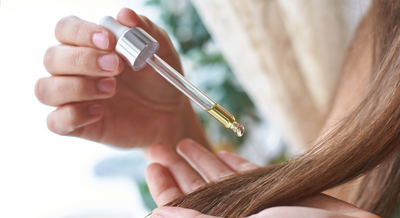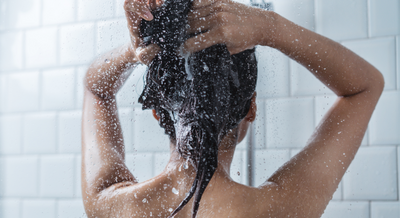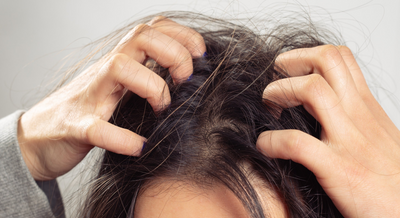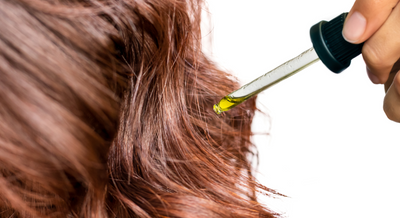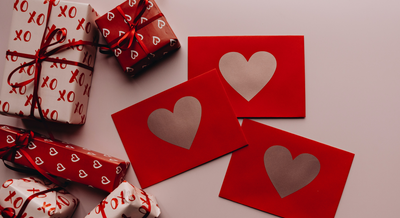We’ve seen many a hair care trend come and go, but one that has withstood the test of time is hair oiling. Dating back to the times of Ancient Egypt, women have been using hair oils to keep their hair looking shiny, feeling soft, and fully moisturized.
However, just like any hair care product, the key is knowing which product to use for your hair type, as well as how to properly apply it. See our guide below for an in-depth hair oil introduction!
The Benefits of Hair Oil
One of the most obvious benefits of applying oil to your hair is the immediate, rich moisturization a hair oil can provide. Just like applying a facial oil to your skin, a hair oil can immediately moisturize dry, parched hair due to its emollient nature.
In basic terms, emollience refers to an ingredient’s ability to sink into the crevices of the skin or hair and fill in the dry cracks, which leads to a feeling of moisturization and comfort. Likewise, by filling in cracks of the outer cuticle layer, hair oils can increase softness and shine, even with the roughest, dullest of hair!
Aside from greatly improving the state of hair dryness and structural damage, hair oils can also provide massive benefits for one’s scalp, as well! Hair oils help to moisturize the scalp, preventing flaking, itching, and conditions like dermatitis and eczema.
Additionally, hair oils help to balance out the sebum production of the hair follicles, which not only helps to prevent oily hair but also boosts natural hair growth.
Which Hair Oils to Use?
Before you head to your kitchen and start pouring cooking oil into your hair, you first need to determine which hair oil works best for your hair type. For exceptionally dry or damaged hair types, the best oils are heavy, occlusive oils that add tremendous shine and softness such as Argan oil, Marula oil, and coconut oil.
These oils not only work to add body to brittle, dry hair, but they also seal the outer layer of the hair cuticle to preserve hydration levels while preventing moisture loss.
For oily, hair types or scalps prone to dandruff and excessive sebum production, the best oils to choose include jojoba oil, sunflower seed oil, and squalene. These oils are extremely lightweight, which prevents adding extra grease or weight to the hair.
Additionally, these types of oils most closely resemble human sebum, which essentially “tricks” the scalp into producing less oil.
How to Apply
Once you’ve picked a hair oil that best suits your hair type, you’ll now need to learn how to properly apply it! After washing your hair, apply a hair oil directly at the scalp and roots, massaging as you distribute the oil. Work slowly, avoiding any hair breakage, and begin moving the oil down the length of the hair strand, making sure to evenly coat the entire length of the hair. Finally, apply a little extra oil to the ends of the hair to prevent or treat hair breakage or split ends.



